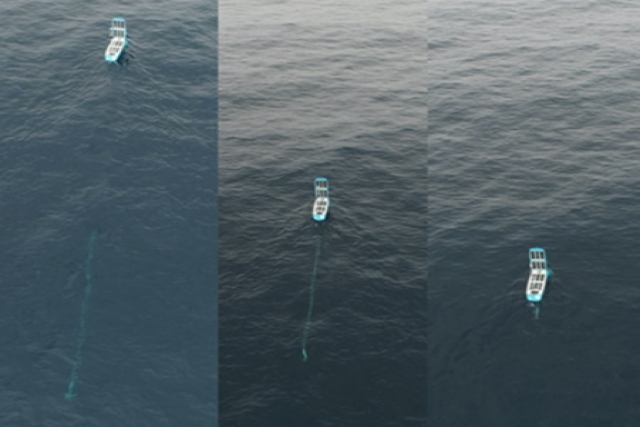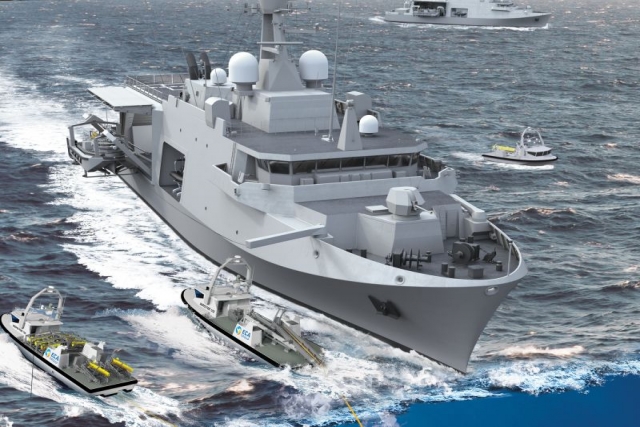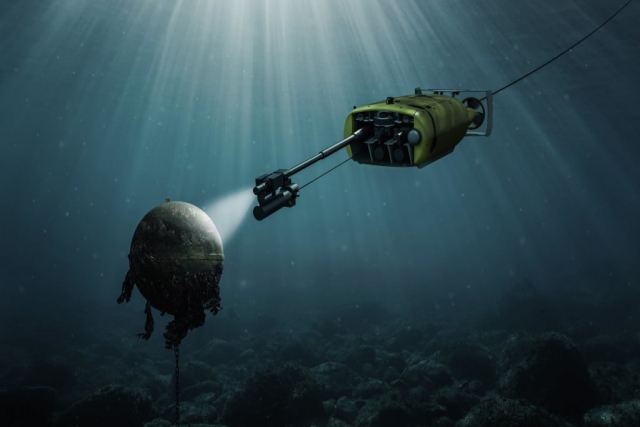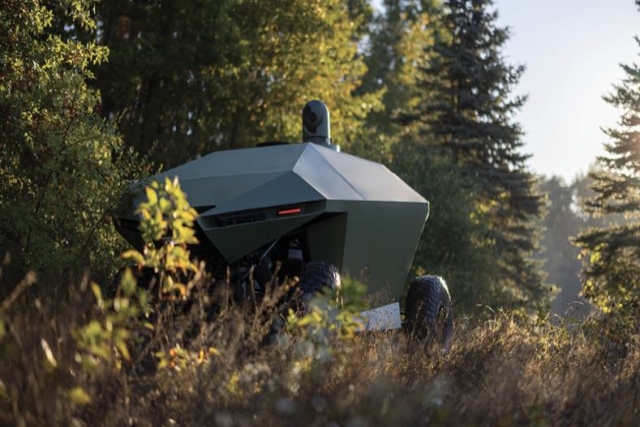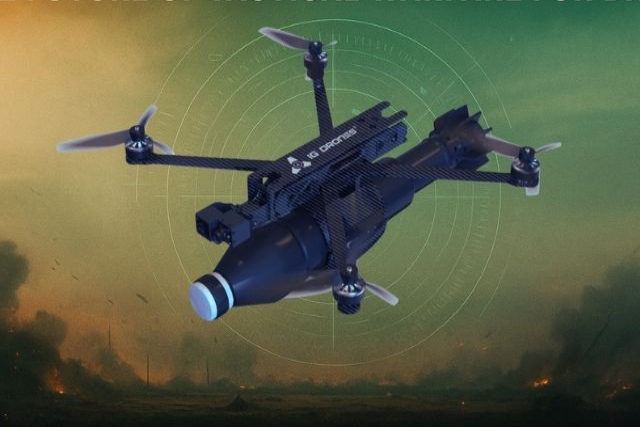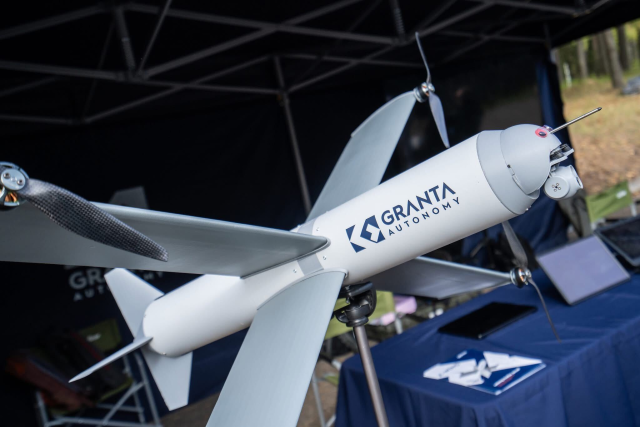Textron to Develop Naval Drone for Mine Countermeasures using Superconducting Magnet
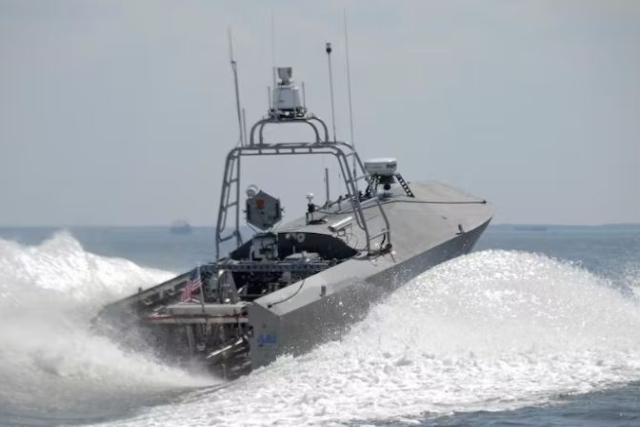
The U.S. Navy awarded Textron Systems Corp. $21 million for the Magnetic and Acoustic Generation Next Unmanned Superconducting Sweep (MAGNUSS).
Today’s contract provides for the development of a mine countermeasure technology referred to as MAGNUSS. The MAGNUSS payload technology will be integrated on a Mine Countermeasure Unmanned Surface Vehicle (MCM-USV). It is composed of a high temperature superconducting magnetic source with an advanced acoustic generator.
The Navy is transitioning the overall MCM mission from legacy systems to the Littoral Combat Ship MCM mission modules, one of which is the MCM-USV to complete the minesweeping mission. The MCM-USV currently hosts the Unmanned Influence Sweep System (UISS), towing a modified Mk-104 system acoustic generator and a magnetic minesweeping cable.
A year ago, the Office of Naval Research (ONR) started a new research project to develop a system to detect magnetic influence mines from unmanned vessels. ONR issued a notice for MAGNUSS program on August 10.
ONR is seeking proposals on how to integrate an HTS magnet and non-towed/low-draft underwater acoustic generator as a single payload deplorable aboard the MCM-USV.
ONR explained the advantage of using the HTS magnet is the ability of the HTS material to run at very high electrical currents with near-zero resistance. The high-ampacity of the HTS magnet generates a magnetic dipole moment with suitable performance to effectively sweep magnetic influence mines when coupled to an acoustic generator.

The MAGNUSS program is an Office of Naval Research sponsored Future Naval Capability effort for the development, fabrication, integration and demonstration of the payload which is expected to transition to the Naval Sea Systems Command program for the Mine Countermeasure Unmanned Surface Vehicle.
Work is expected to be completed by March 7, 2026.
The prototype should be operational when the MCM-USV is deployed from the host ship, either an LCS or either vessel of opportunity, the notice said.
